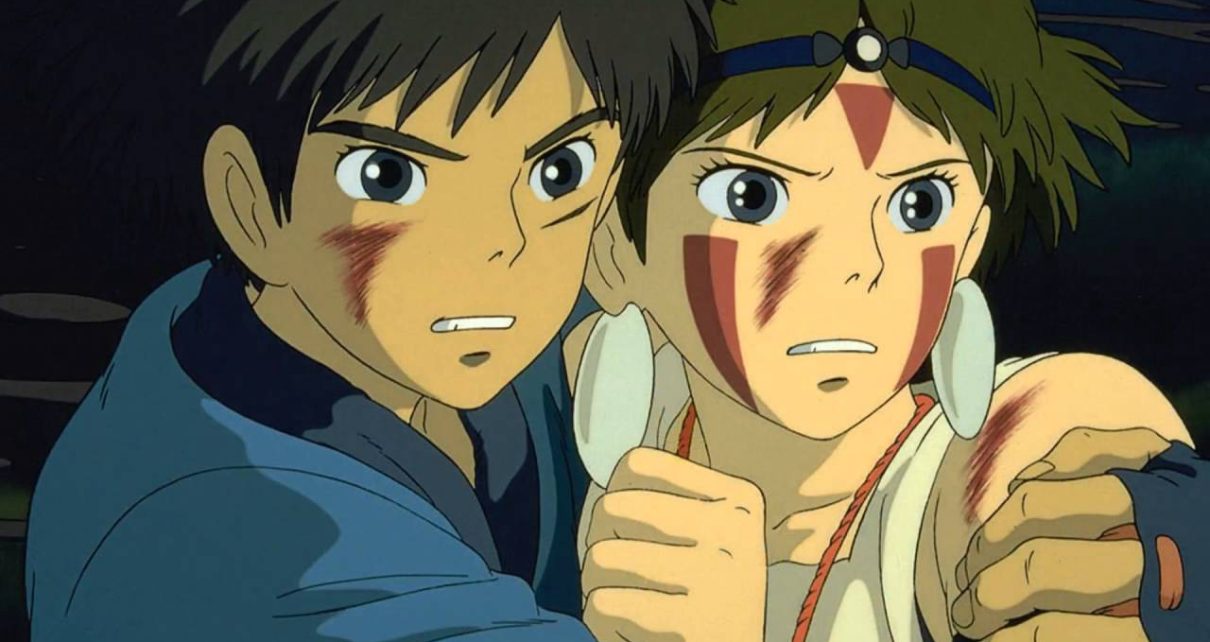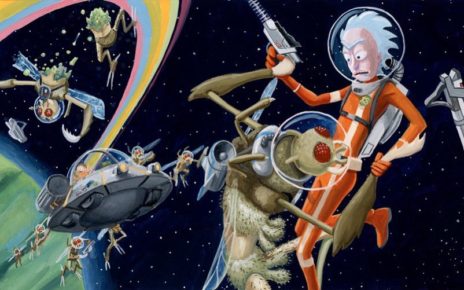So many endless, foolish words have been written about Japanese master animator Hayao Miyazaki’s Princess Mononoke that it almost made me want to ignore its passing 20th anniversary this week. Its music soars with grace. Its story gallops like a Hollywood Western. Its action showed me at 10 years old that cartoons, like life, could too show the brutality of man. I think it’s perfect for a reason.
But the movie didn’t just manifest out of the ether, either. It took hard work, long hours, and no small amount of convincing for Miyazaki—hailed as a master of his craft even in the ’90s—to get it produced. In honor of that, I thought this was as good a week as any to call out a single quote from his 1995 project proposal for Princess Mononoke. In 63 brief words, the animator communicated the message of his film, and, frankly, the meaning of life. Here it is, with emphasis added:
There cannot be a happy ending to the fight between the raging gods and humans. However, even in the middle of hatred and killings, there are things worth living for. A wonderful meeting, or a beautiful thing can exist. We depict hatred, but it is to depict that there are more important things. We depict a curse, to depict the joy of liberation.
If you’re a fan of Mononoke, or really any of Miyazaki or Studio Ghibli’s more serious output, you can follow the logic here. One of the most striking elements to the clockwork of Mononoke is how bittersweet its ending is. Ashitaka’s curse is lifted, but his scar remains. Those who died throughout the film remain dead, including the deity at the core of the film’s plot. The humans resolve to treat the forest with more respect, but it’s not as if perfect balance is achieved or reaffirmed through a matrimonial union — which is exactly what would happen in a Disney film. Ashitaka and San do not end up together. They don’t even live in the same world.
Still, no one in their right mind watching that ending could ever call it a bummer. Those left alive shared a revelatory experience that opened a door for them. He did that for his audience too. What a beautiful thing.
If you liked this story, sign up for our newsletter.
Thanks for reading The Dot and Line, where we talk about animation of all kinds. Feel free to follow us on Twitter and Facebook.





